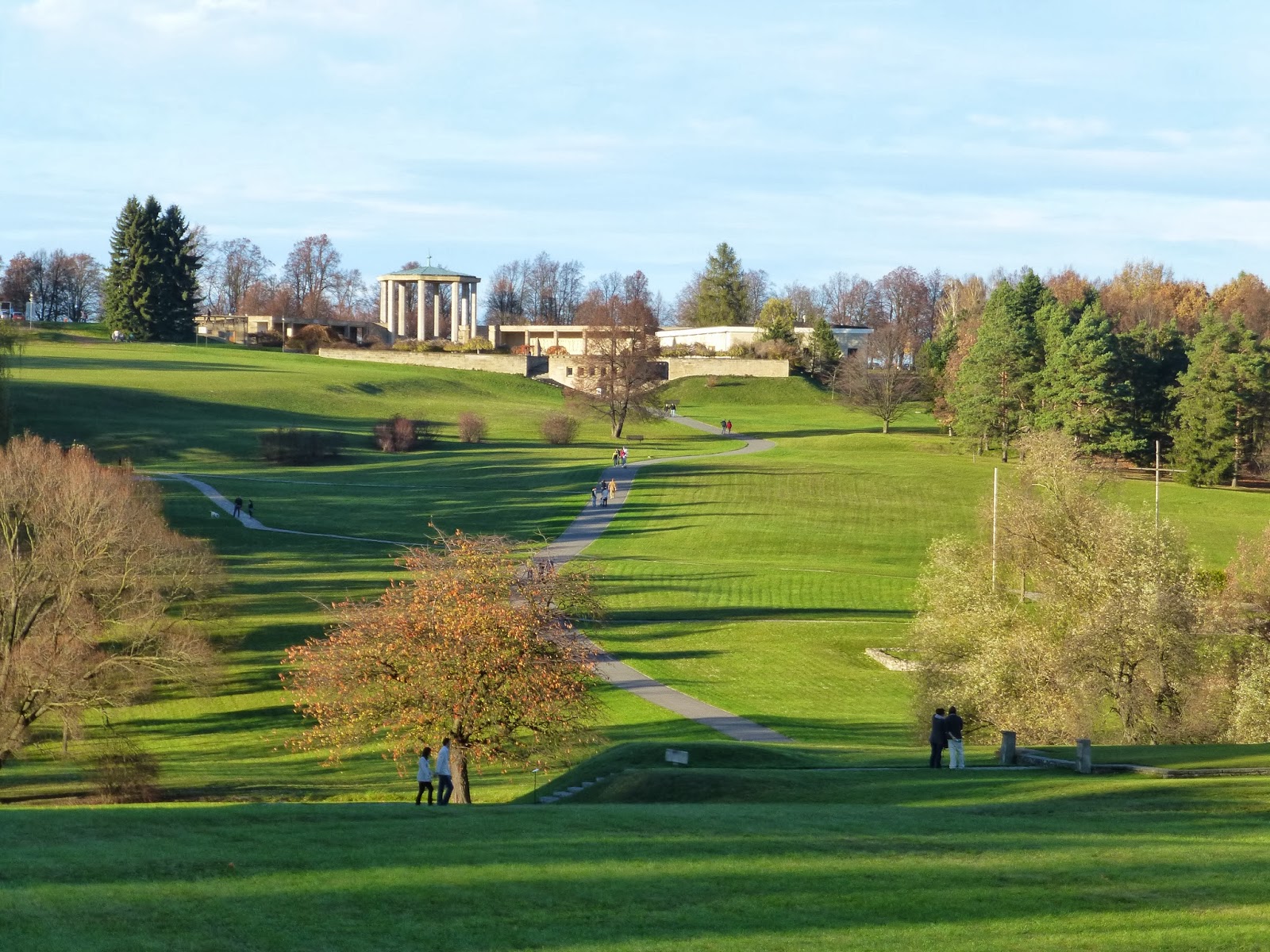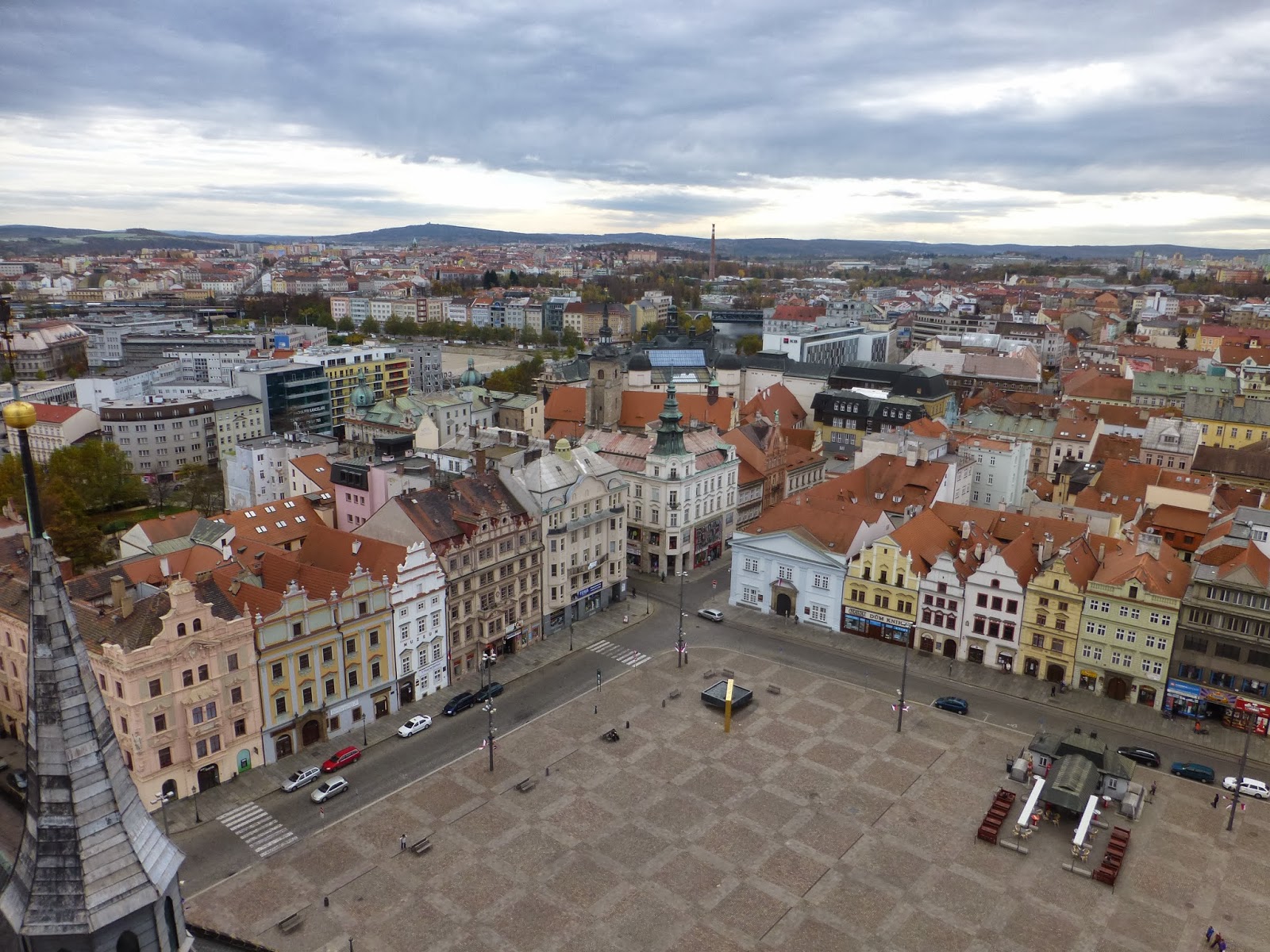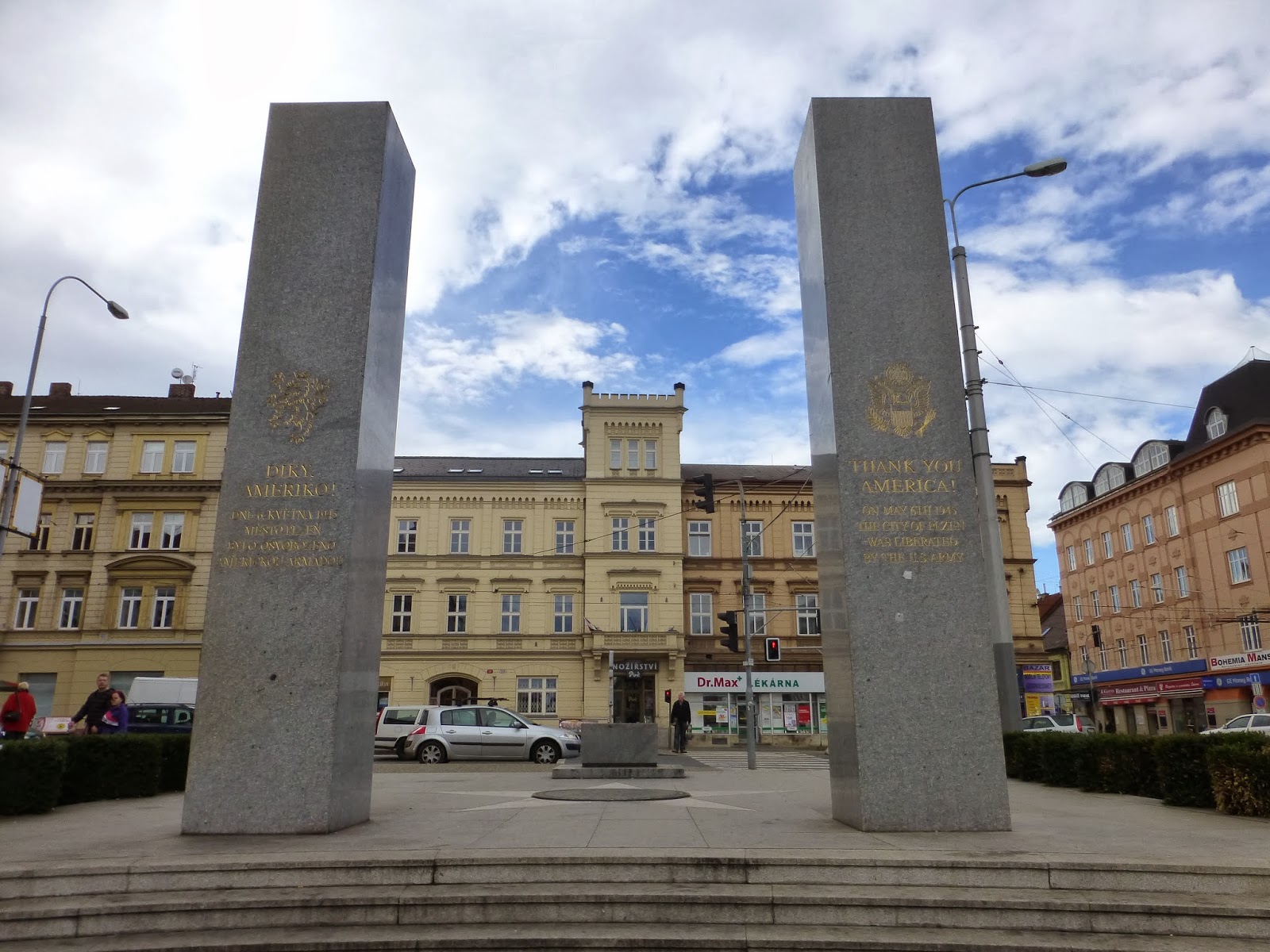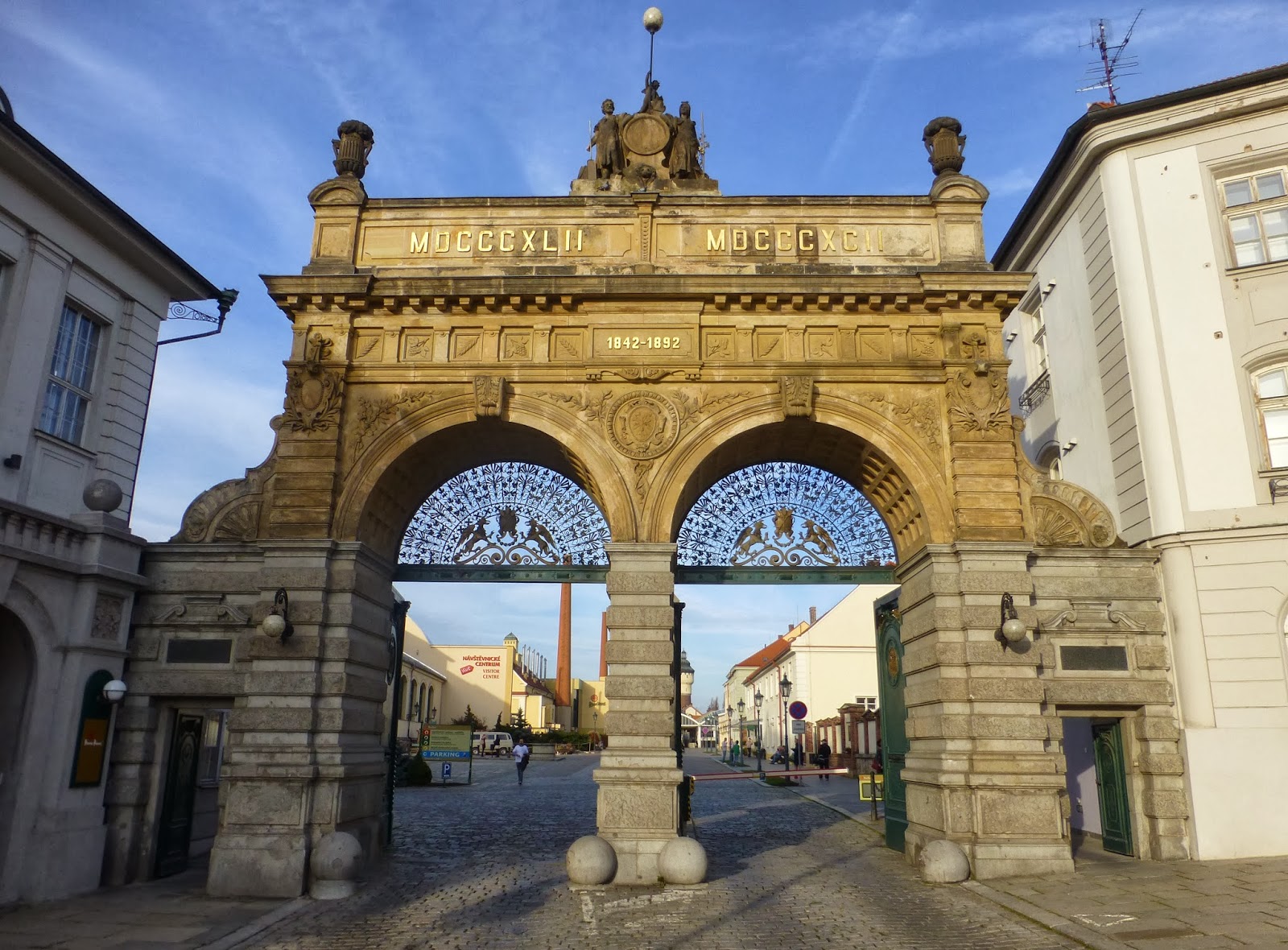 Monday the 28th, was a public holiday so it was fitting that on our way back from Plzeň we stopped off to visit Lidice. Lidice is a small village, northwest of Prague. During WWII, the village was completely destroyed by the Nazis. Here's what happened...
Monday the 28th, was a public holiday so it was fitting that on our way back from Plzeň we stopped off to visit Lidice. Lidice is a small village, northwest of Prague. During WWII, the village was completely destroyed by the Nazis. Here's what happened...In 1942, Lidice was a one-road village with a Baroque Catholic church, a school and some family homes. During the war, all of Czechland was part of the Nazi Protectorate of Bohemia and Moravia. The protectorate was under the control of Reinhard Heydrich, one of Hitler's favorites. The Czechoslovak government-in-exile, in London, dispatched two resistance fighters, one Czech and one Slovak to Prague. On May 27th, they attacked Heydrich's motorcade in Prague. Heydrich died eight days later. Hitler was so enraged that he ordered his troops to "wade through blood" to find the killers.
 |
| Bodies at the Horák Farm |
- Execute all adult men.
- Transport all women to a concentration camp.
- All children suitable for Germanization were to be placed with SS families in the Reich. The rest of the children were to be dispatched.
- Burn down the village and level it entirely.
 |
| Some of the victims |
 |
| Murdered children's memorial |
The children not selected for Germanization were sent to the Chełmno concentration camp in Poland, where they were eventually gassed.
 |
| Remains of the Horák Farm |
The village was burned to the ground. Explosives were used to level the remaining buildings. Everything, including the cemetery, was bulldozed. The village name was removed from all German-made maps.
 |
| U.S. WWII Lidice poster |
Unlike other atrocities, which the Nazis kept secret, the destruction of Lidice was highly publicized.
 |
| Where the school was |
Two weeks later, an even smaller village called Ležáky, on the opposite side of Prague, was also completely razed. While both villages were destroyed, Lidice is the one that receives all of the attention.
At the end of the war, only 153 women and 17 children returned to Lidice. In total, about 340 people were killed.
 |
| Lidice today |
 The rose garden is the largest collection of roses in Central Europe. Of course, the end of October is not prime time rose season.
The rose garden is the largest collection of roses in Central Europe. Of course, the end of October is not prime time rose season. 
In 2011, the Czech film Lidice was released. I finally saw the film this year and it was really well done.
 |
| Gallery in the new Lidice |
The Nazis didn't exactly succeed in wiping Lidice off the map. Several towns, including one near Chicago, were renamed in Lidice's honor.
Lidice also became a common name for girls.









.jpg)










.jpg)

.jpg)
.jpg)
.jpg)
.jpg)
.jpg)
.jpg)

.jpg)
.jpg)
.jpg)
.jpg)
.jpg)
.jpg)
.jpg)
.jpg)
.jpg)

.jpg)
.jpg)
.jpg)
.jpg)
.jpg)
.jpg)
.jpg)
.jpg)

























